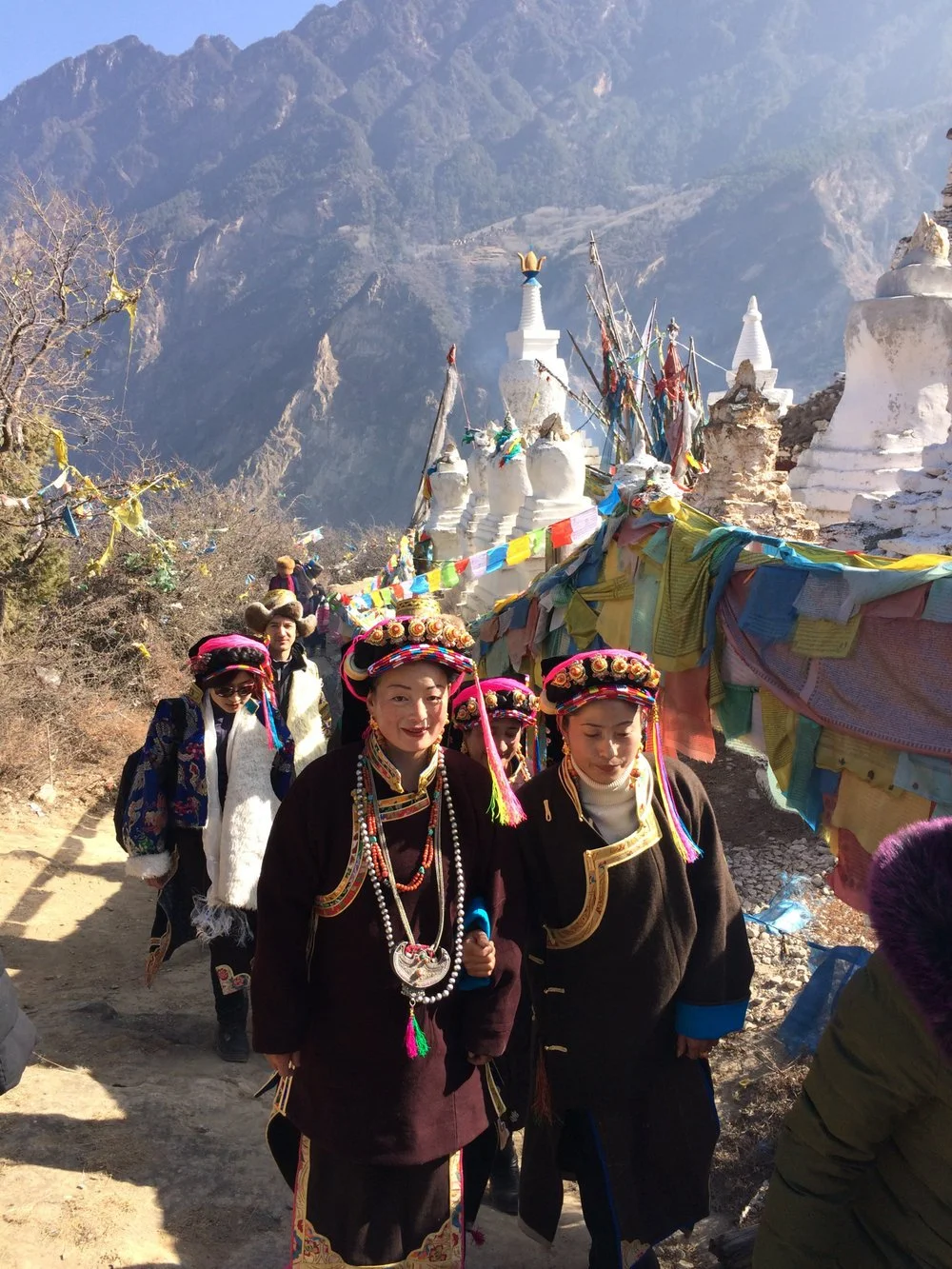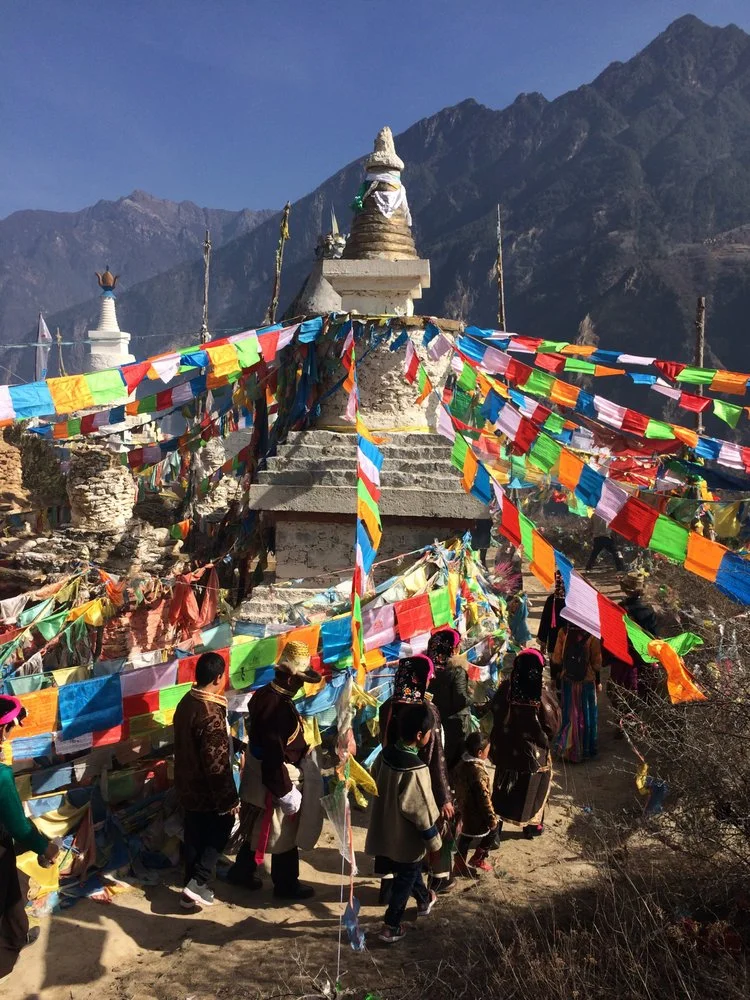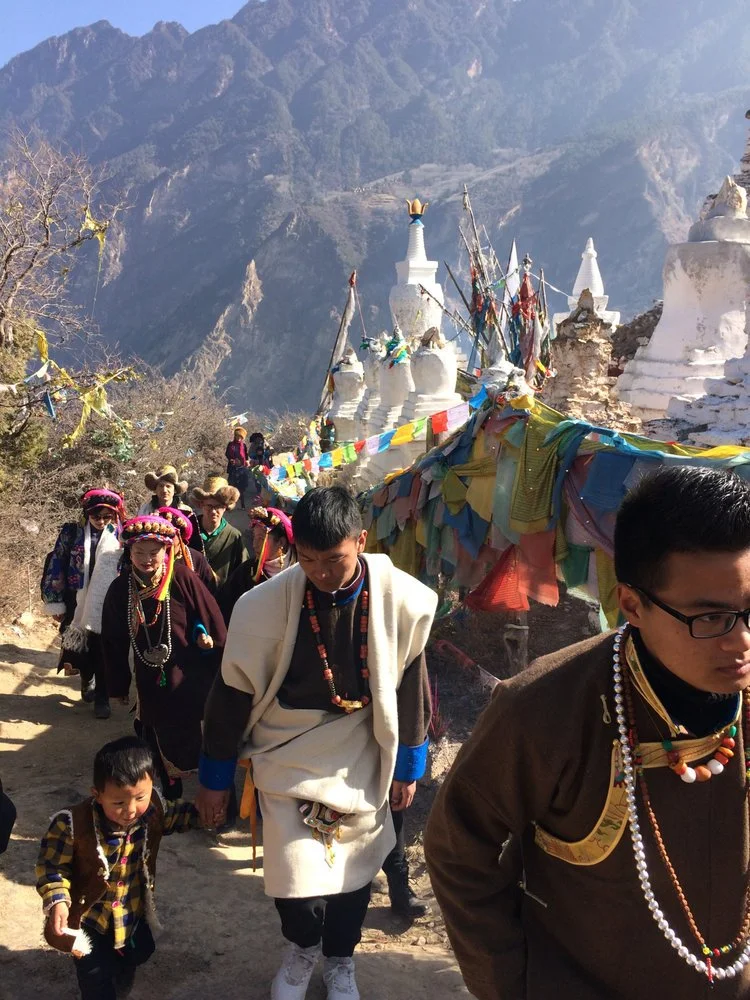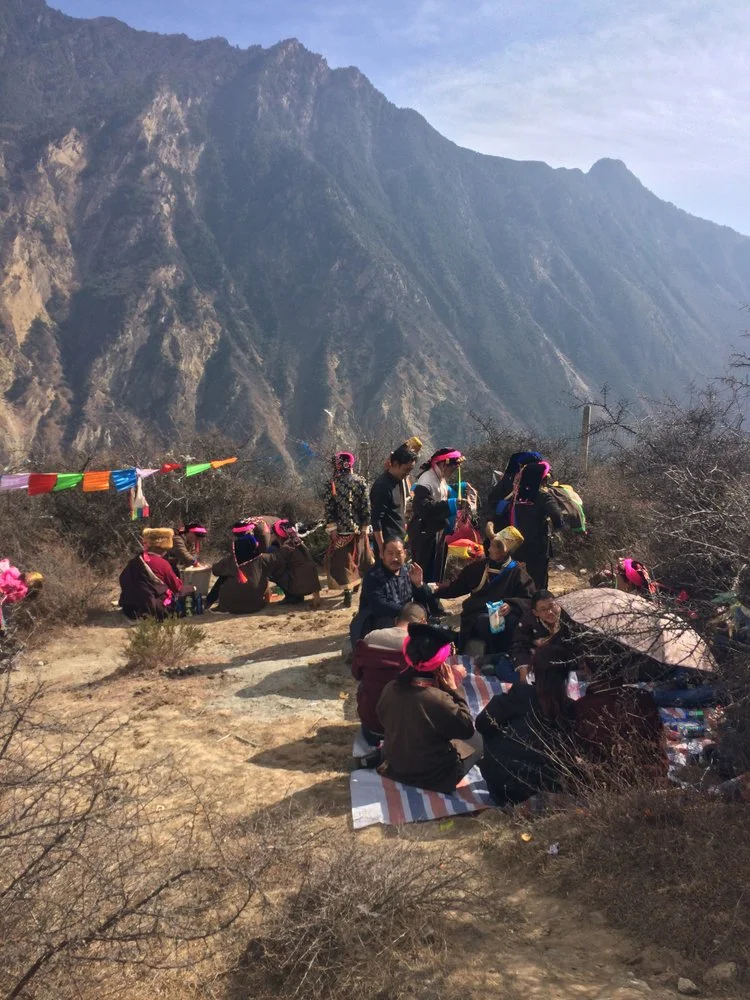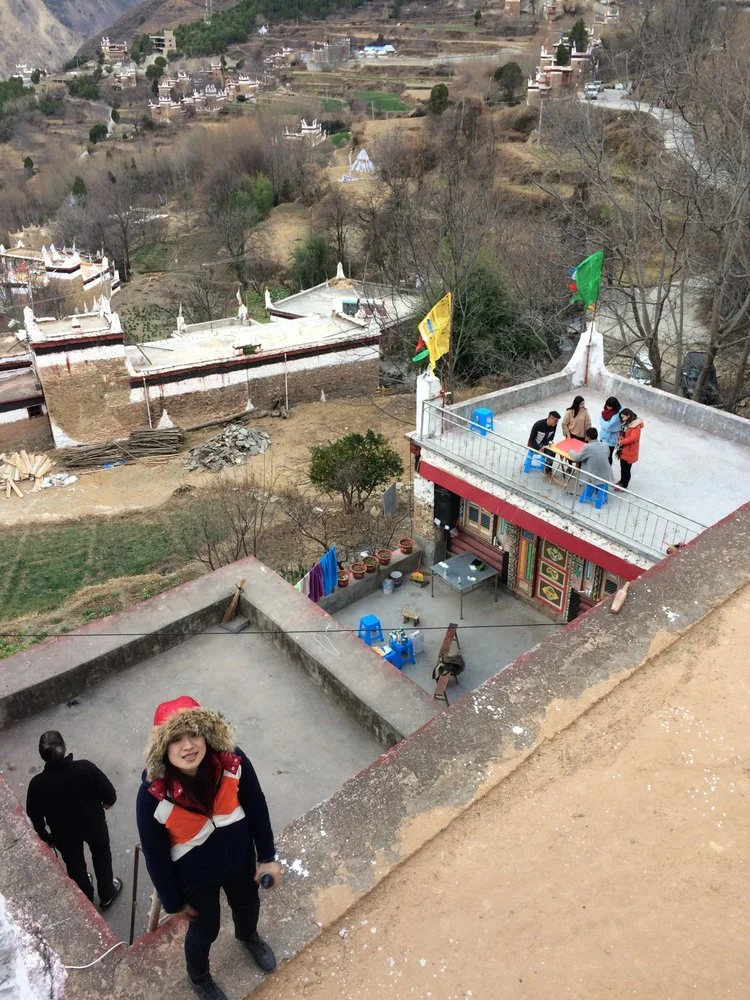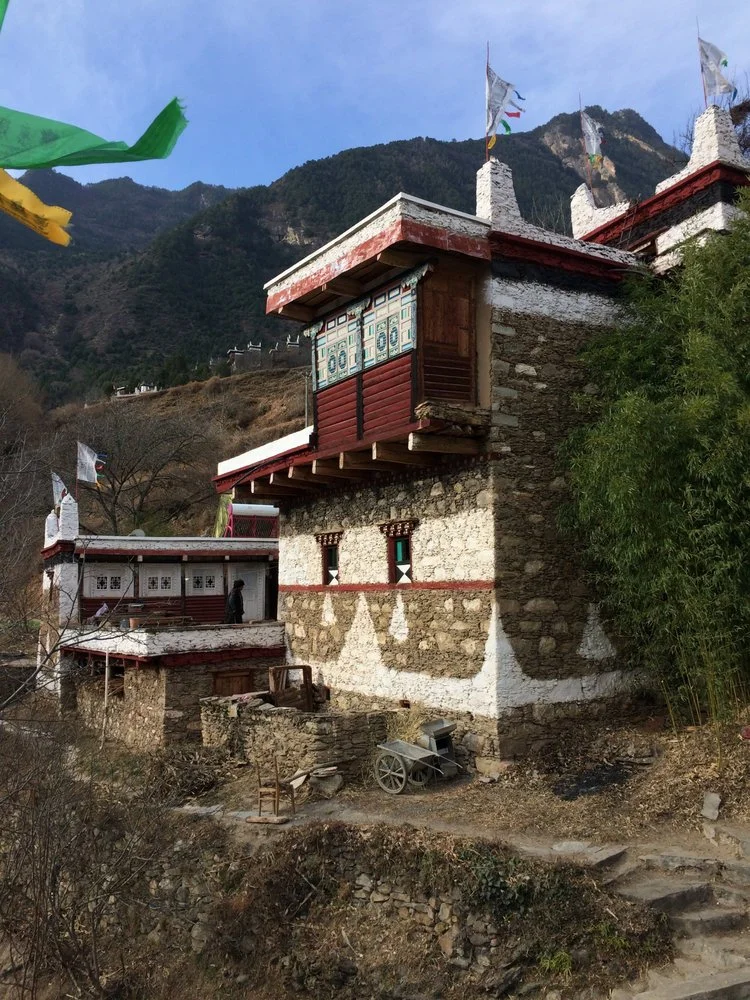Kham Tibet
In 2017, we spent 3 weeks hiking around Garzê (or Ganzi), in the province of Sichuan in southwest China. Caught between modern dreams and traditions, our local guides offered some fascinating insights.

Garzê county (Tibetan: དཀར་མཛེས་ Kandze)
甘孜藏族自治州
Located near the borders of Myanmar, India, and Bhutan, the region is part of the ancient Kham Tibet.
Chinese New Year in the Tibetan village of Jiaju (Danba, Sichuan)
Every year, villagers hike up a sacred mountain to gather with their entire family for a “picnic“ outdoor. As a tradition, everyone is invited to “walk around the stupa” (转山) and burn incense.
The event is also a matchmaking opportunity where young men and women got a chance to meet. That explains why everyone is looking good!
beauties... and tourists
We managed to blend in with our traditional outfit
The new year "picnic"
Tibetan saucisson with Yak meat
Our guide's house converted into a B&B
traditional Tibetan house in Jiaju
Buddhist temple
I was very curious about our three local guides, they had to navigate duality in many aspects of their life. Lots of local people like them have mixed Tibetan Chinese heritage in Garze. They have to speak two languages (Tibetan / Mandarin Chinese) and navigate between modern capitalist values and Buddhist teachings. We were very grateful that they decided to show us their local school and monastery.
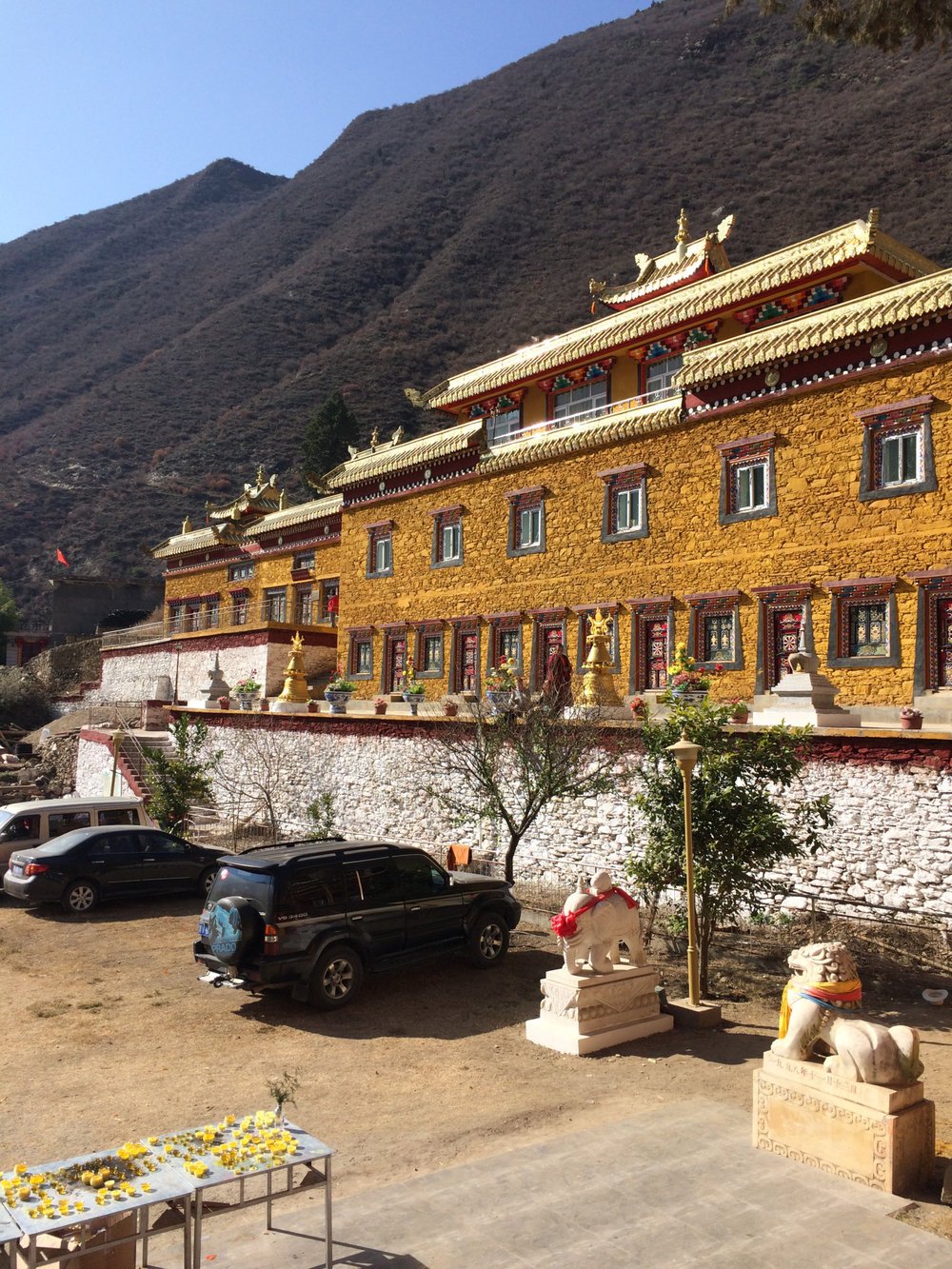
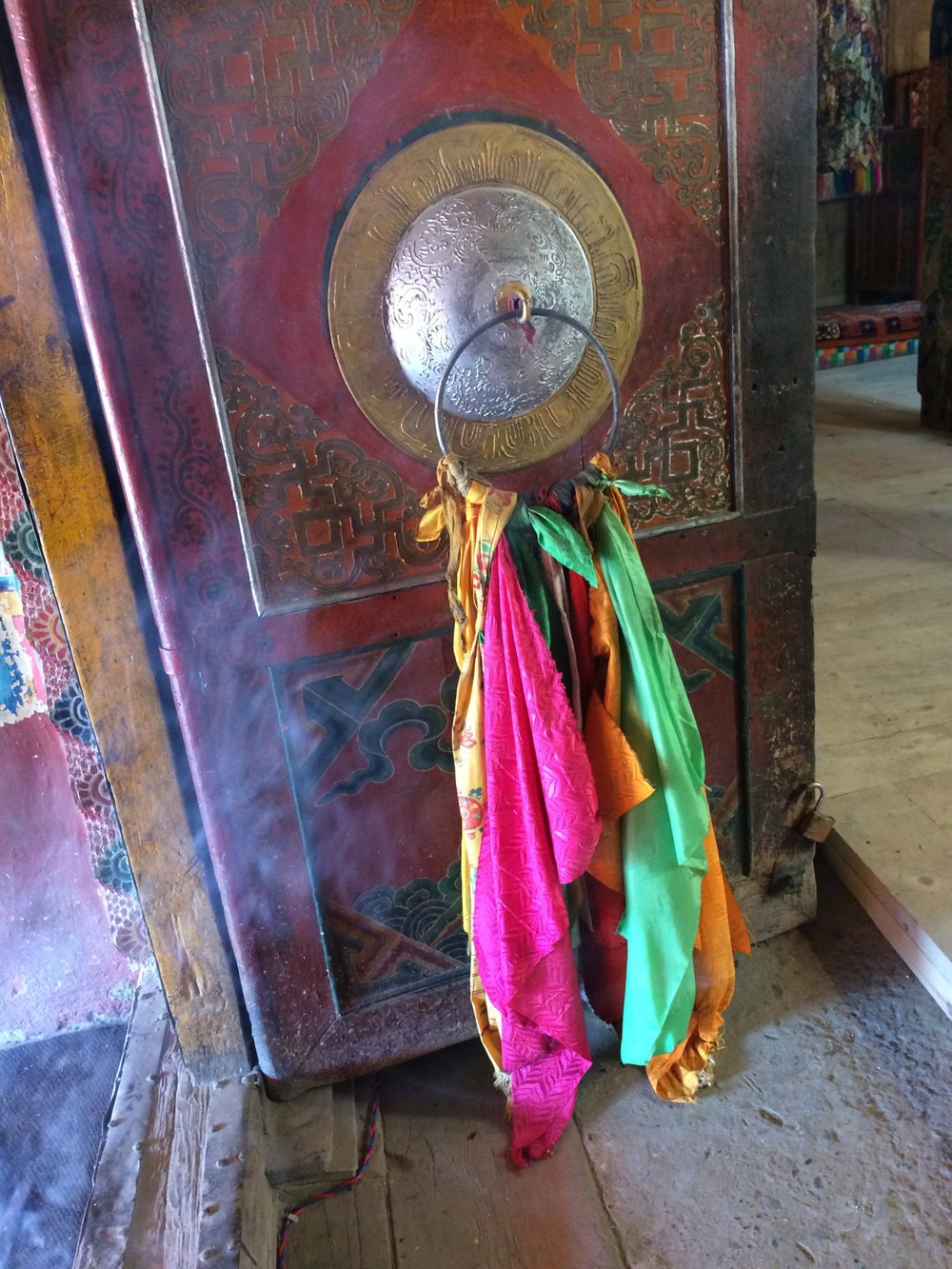

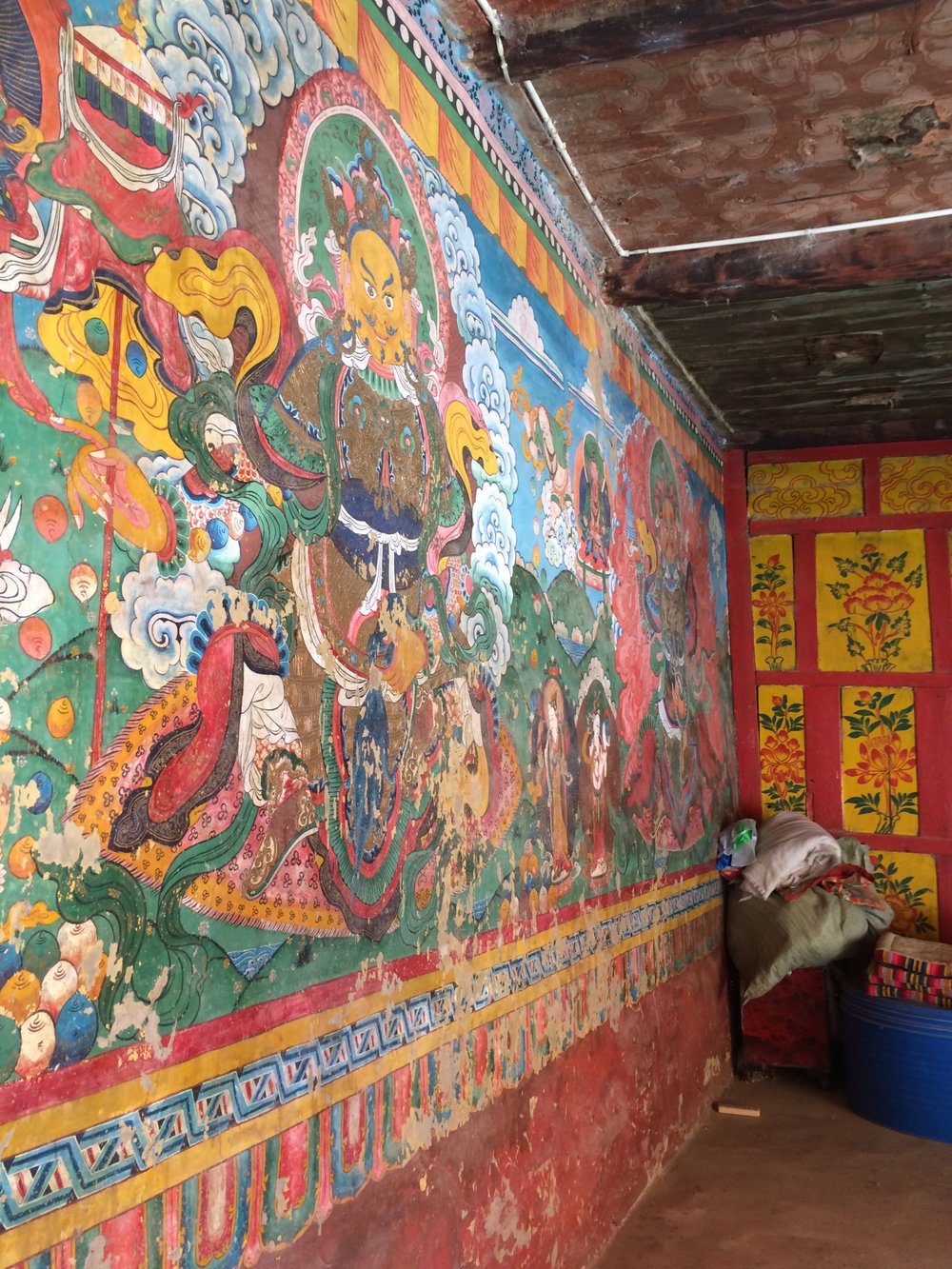


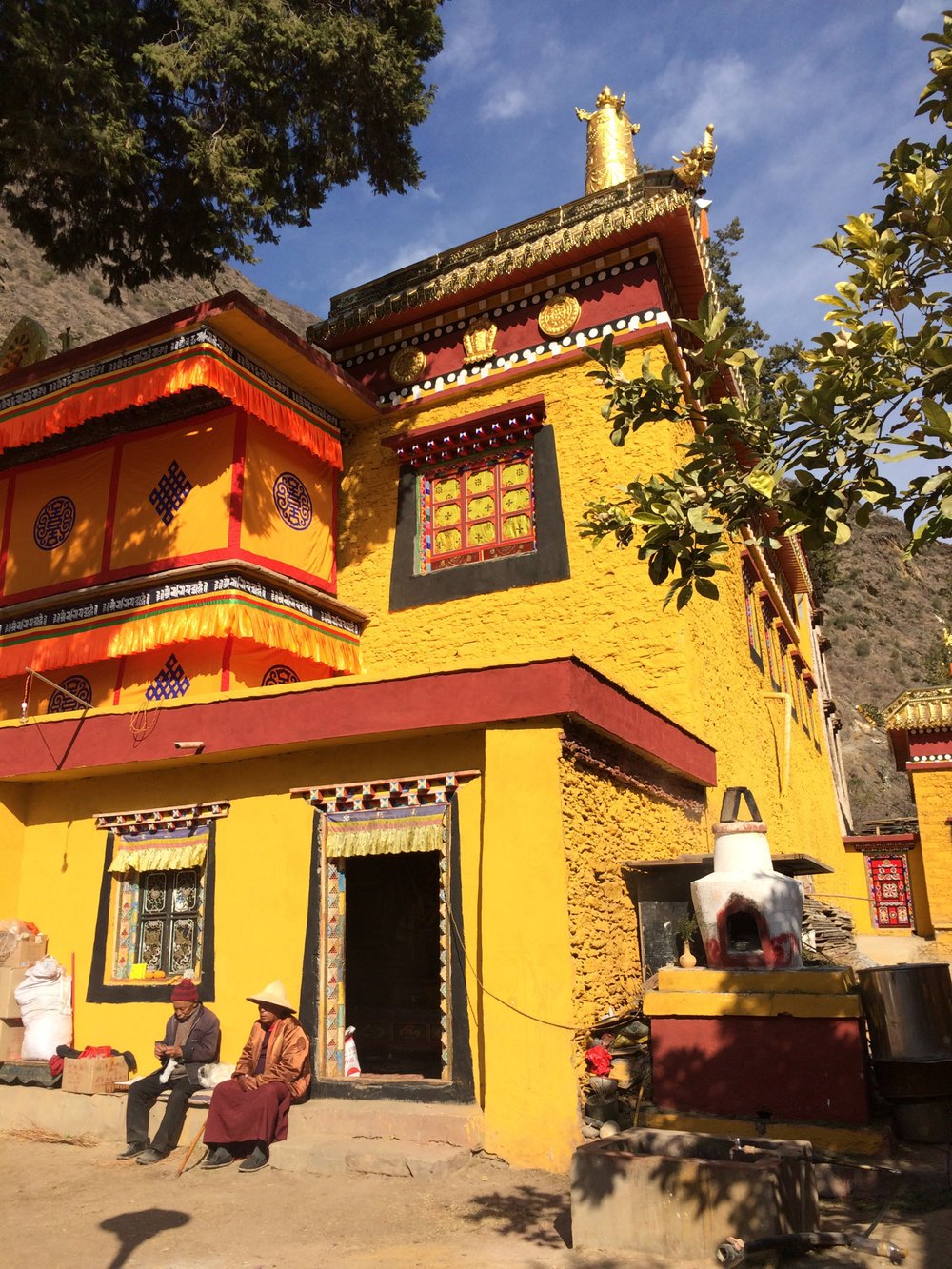

Mount Gongga (贡嘎山)
Mount Gongga, also known as Minya Konka has an elevation of 7,556 m above sea level.


shiny new temples and overpriced incense

Prayer flags

The sacred mountain at dawn
Niu Bei Shan / Cattle back mountain (牛背山)
At 3660 meters above sea level, this was a new hiking trail newly opened to the public. Stunning views and icy path.






After spending the night in a refuge, we woke up at 4 AM to hike up to the viewpoint and got rewarded by a panoramic view above the clouds.






